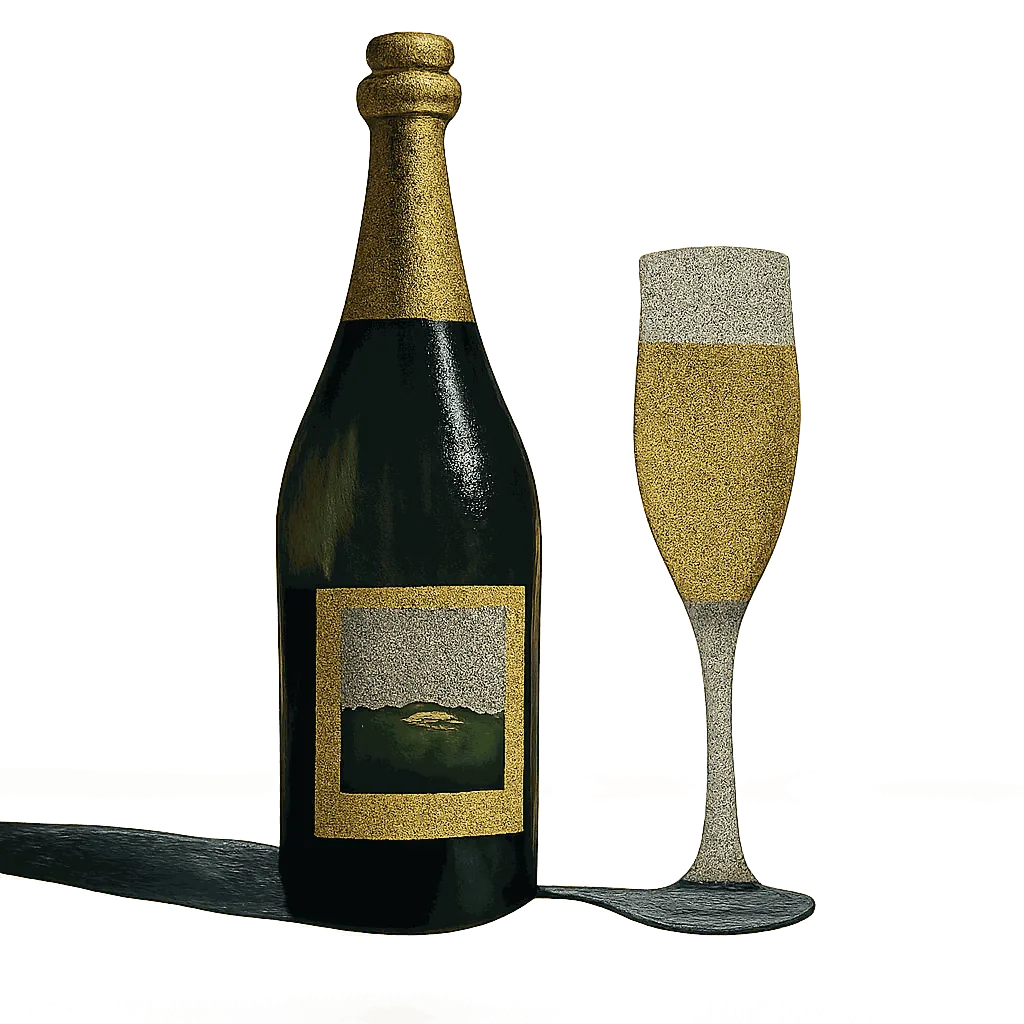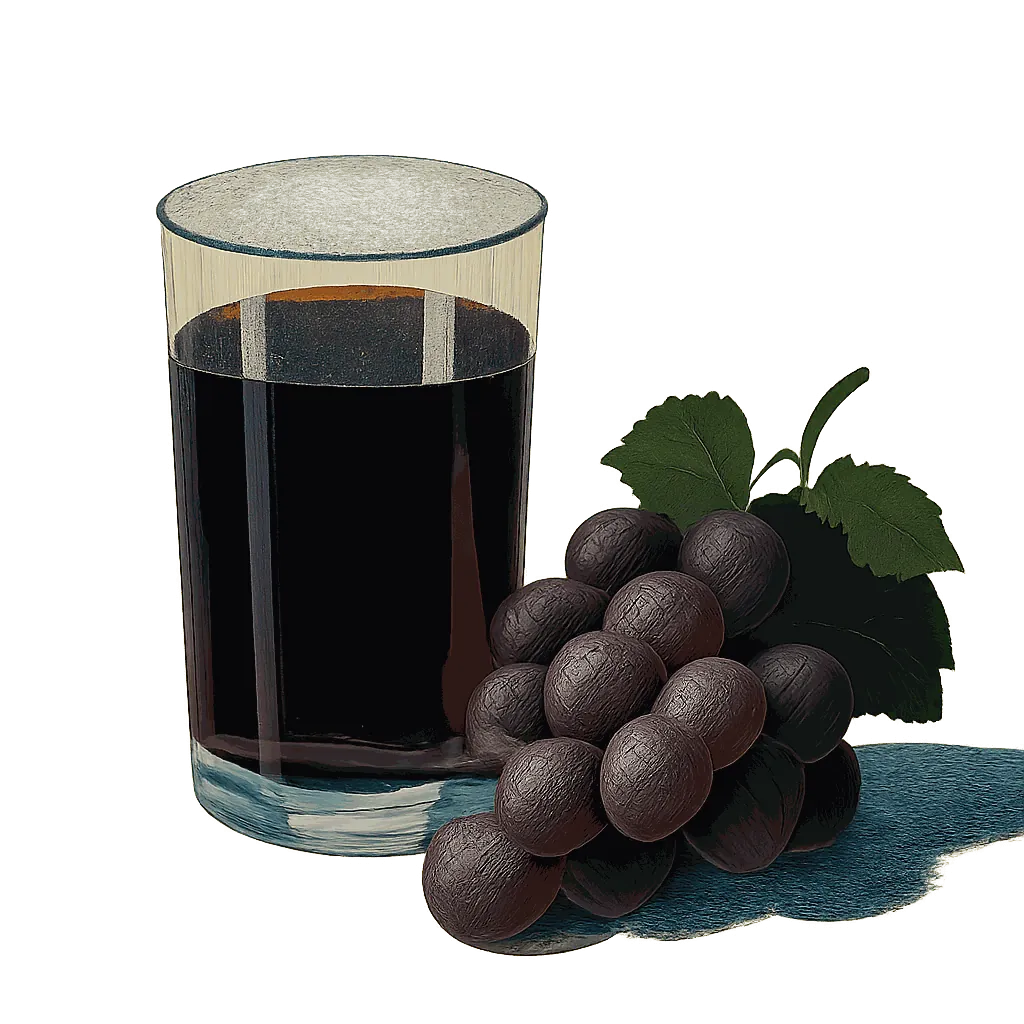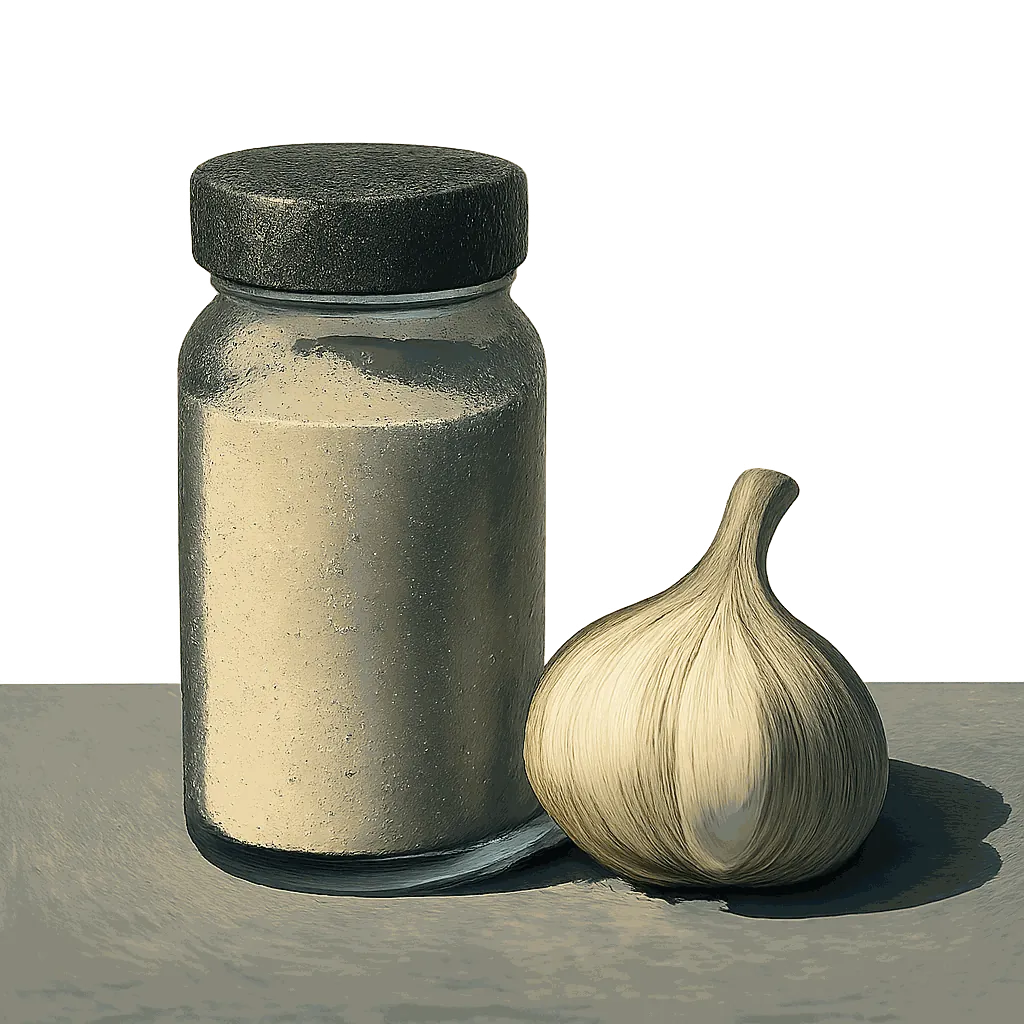Perfect Pairings & Recipes for
Non-Vintage Champagne

Unlock the perfect flavour pairings for non-vintage Champagne according to data science. Explore unique recipes and discover the hidden mathematics of flavour.
Non-vintage Champagne instantly conjures the evocative embrace of chalk and the kiss of yeast, but beneath its sour surface lies a nuanced symphony of subtle flavour notes: sour apple, toast, and even hints of lactic acid, contributing remarkable depth. The key to an exceptional harmony lies in recognising how these notes combine harmoniously.
To chart these harmonies, we analysed thousands of ingredients, each deconstructed across 150 distinct flavour dimensions, pinpointing the notes that best complement this ingredient’s profile. Our exploration reveals, for instance, how the intense, bitter caffeine in cacao nibs can awaken non-vintage Champagne, and how cocoa powder's theobromine notes forge a beautiful synergy with its bright minerality.
Flavour Profile Of Non-Vintage Champagne Across 150 Dimensions Of Flavour
Flavour wheel chart showing the dominant flavour notes of Non-Vintage Champagne: Limestone, Malic, Yeasty, Caramel, Lactic, Toasted, Blossom, Pear, Buttery, Honeyed, Peach, Plum, Proteolytic, Oxidized
An ingredient's flavour comes from its core characteristics, like acidic, floral, and maillard, combined with its unique aroma notes (outer bars). When pairing ingredients, aim to include a broad variety of core characteristics for a balanced dish. And choose aroma notes that complement each other for a harmonious combination.
The Secret Language of Flavour
To understand how flavour notes harmonise, we analysed more than 50,000 popular ingredient combinations. By exploring these pairings, we identified specific flavour notes that frequently occur together, indicating they share a harmonious relationship.
The Flavours That Harmonise With Limestone Notes
Strength of Association Between Flavours
The flavours most associated with limestone notes are: Cocoa, Coffee, Passion fruit, Vanilla, Pineapple, Sugary, Jasmine, Raspberry, Honey, Mango, Caramel, Plum, Astringent, Malic, Coconut.
Our analysis shows that the flavour of chalk is strongly associated with the flavour of cocoa. This suggests we should look for ingredients with a cocoa flavour, such as cocoa powder, when pairing with the chalky notes of non-vintage Champagne.
The recipes below provide inspiration for pairing non-vintage Champagne with cocoa powder.
Harmonious Flavours Of Non-Vintage Champagne
Just as our analysis reveals that chalk and cocoa notes harmonise well, we can identify the full profile of flavours that harmonise with each of the notes present in non-vintage Champagne. For instance, the malic accents of non-vintage Champagne are strongly associated with hoppy and capsicum notes.
The aroma notes complementary to the various notes of non-vintage Champagne can be seen highlighted in the pink bars below.
Flavour Profile Of Non-Vintage Champagne And Its Complementary Flavour Notes
Flavour wheel chart showing the dominant flavour notes of Non-Vintage Champagne: Limestone, Malic, Yeasty, Caramel, Lactic, Toasted, Blossom, Pear, Buttery, Honeyed, Peach, Plum, Proteolytic, Oxidized
Matching Flavour Profiles
The flavour profile of cacao nibs offers many of the notes complementary to non-vintage Champagne, including coffee and cocoa aromas. Because the flavour profile of cacao nibs has many of the of the features that are complementary to non-vintage Champagne, they are likely to pair very well together.
Prominent Flavour Notes Of Cacao Nibs Are Represented By Longer Bars
Flavour wheel chart showing the dominant flavour notes of Cacao nibs: Coffee, Cocoa, Tobacco, Tea-Like, Tannic, Astringent, Smoky, Raisin, Acetic, Cherry, Charred
The chart above shows the unique profile of cacao nibs across 150 dimensions of flavour, while the recipes below offer inspiration for bringing these flavours together with non-vintage Champagne.
Recipes That Pair Non-Vintage Champagne With Cacao Nibs
Linked Flavour Notes
Looking at the notes that are most strongly associated with the various flavours of non-vintage Champagne, we can identify other ingredients that are likely to pair well.
Non-Vintage Champagne's Harmonious Flavours And Complementary Ingredients
Non-Vintage Champagne's Strongest Flavours
Complementary Flavours
Ingredients with Complementary Flavours
Flavour groups:
Nectarous
Acidic
Floral
Herbal
Spice
Vegetal
Maillard
Earthy
Woody
Carnal
The left side of the chart above highlights the aroma notes of non-vintage Champagne, along with the complementary aromas associated with each note. While the right side shows some of the ingredients that share many of the aromas complementary to non-vintage Champagne.
Prominent Pairings
Our analysis identifies dishes that pair well with non-vintage Champagne and highlights the prominent ingredient combinations within these recipes. Key pairs include frisée and carrot offering clean sweetness, sweet wine and radicchio for turpentiness, papaya and apricot for apricot-like depth, and walnut and almond for a complex noisette undertone. Explore these combinations to unlock non-vintage Champagne's hidden complexity, reveal deep nuance, and elevate its vibrant character.
Ingredient Combinations Among Dishes That Pair With Non-Vintage Champagne
Flavour groups:
Sweet
Sour
Botanic
Herbal
Spice
Tawny
Bitter
How Flavonomics Works
We've pioneered a unique, data-driven approach to decode the intricate art of flavour pairing. Our goal is to move beyond intuition and uncover the science of why certain ingredients harmonise beautifully. This rigorous methodology allows us to provide you with insightful and reliable pairing recommendations.
Our analysis begins with over 50,000 carefully selected recipes from acclaimed chefs like Galton Blackiston, Marcello Tully, and Pierre Lambinon. This premium dataset ensures our model distils genuine culinary excellence and creativity.
Each ingredient from these recipes is deconstructed across 150 distinct flavour dimensions, creating a unique numerical "flavour fingerprint." This quantification allows us to apply advanced analytical methods to identify complex patterns between flavour notes.
We identify popular ingredient combinations that frequently appear in our recipe database. Regression analysis is then performed on these pairings to statistically validate and pinpoint truly harmonious flavours.
These insights drive our predictive model, which allows us to take any ingredient (e.g., Non-Vintage Champagne), analyse its detailed flavour profile, and accurately reveal its complementary flavours and perfect ingredient partners.
Explore More
Discover more ingredient profiles and expand your culinary knowledge. Each ingredient page offers detailed analysis of flavour profiles, pairing insights, and culinary applications.
The content on our analysis blog is semi-automated. All of the words were manually written by a human, but the content is updated dynamically based on the data.


